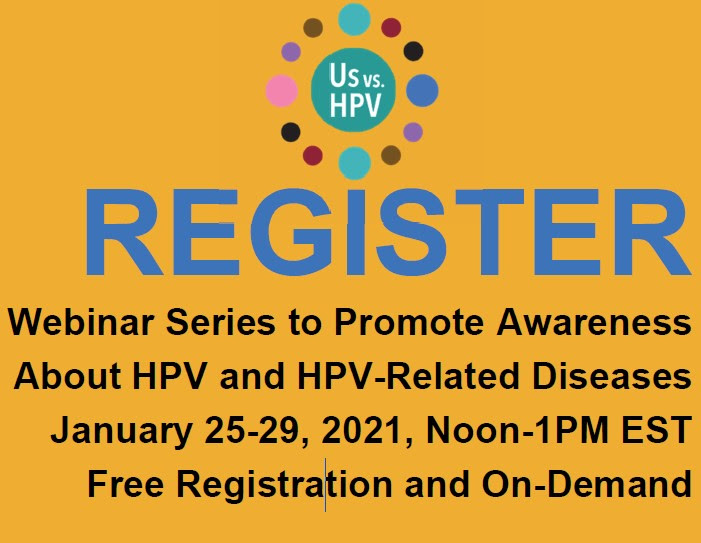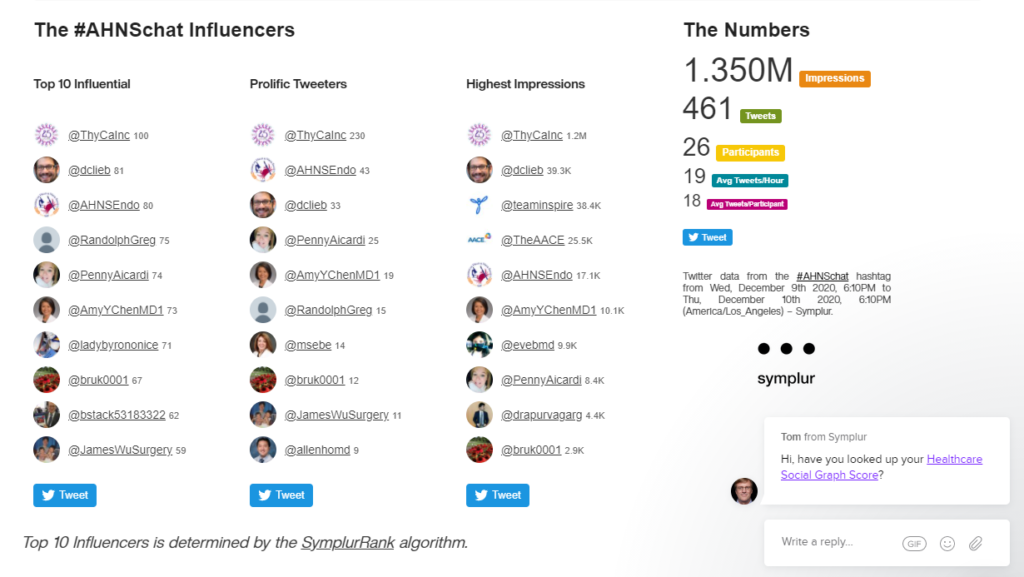Head and neck cancer is a blanket term used to describe several different types of cancers. About 65,000 new cases, not counting thyroid cancer, are diagnosed in the U.S. every year. A number of causes of these cancers have been identified, potentially offering new opportunities to screen for the cancers and create new treatments for patients.
For example, the incidence of head and neck squamous cell carcinoma in people with Fanconi anemia is 500- to 700-fold higher than in the general population. Additionally up to 70% of certain head and neck cancers are caused by human papillomavirus (HPV) infection. Genetic defects that cause Fanconi anemia, as well as genetic changes resulting from HPV infection, both adversely affect DNA repair systems, which can lead to cancer. This similarity provides investigators with different perspectives on a common problem and the opportunity to collaborate in new and innovative ways.
Head and neck cancers can appear in the nasal cavity, sinuses, lips, mouth, salivary glands, thyroid gland, throat or larynx. Experts estimate there are about 550,000 cases of various kinds of head and neck cancer diagnosed around the world each year, with 300,000 annual deaths due to the cancers. Research has also shown that Black people have higher incidence of head and neck cancer and a lower 5-year survival rate compared to white people. Black patients are also typically diagnosed with more advanced head and neck cancer.
To unlock potential new treatments, Stand Up To Cancer, with the generous support of the Fanconi Anemia Research Fund, the Farrah Fawcett Foundation, the American Head and Neck Society, and the Head and Neck Cancer Alliance, is offering up to $3.25 million in grants to fund research to find new treatments for head and neck cancer. The team will have a special focus on head and neck cancers associated with Fanconi anemia and HPV. Applicants will need to ensure that people from medically disadvantaged backgrounds are included in all phases of their proposed research.
Further information and a link to the application visit StandUpToCancer.org/


